Working With Your Neighborhood Nursery
I had a nursery in my backyard while I was in high school. I did landscape contracting in College Station, and many of my live oaks still grace the streets there.
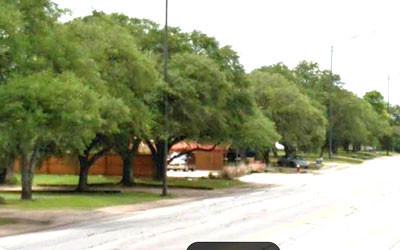
In my young teenager dreams I was going to own a retail nursery. Sterling Cornelius, Lynn Lowrey and Lamberts were my heroes. Mom and Dad took me to their places, and only when I finally got to Yankee Stadium, Fenway Park and Wrigley Field were the goosebumps any larger.
After two college degrees in floriculture (greenhouses) and ornamental horticulture (nurseries) from Ohio State, I ended up … broadcasting and writing. Go figure. I had no coursework in either.
But, even with that, I still consider myself a nurseryman. I joined the Texas Association of Nurserymen (its old name) when I was 15. I had to lie about my age in order to get my Texas Department of Agriculture license so I could join TAN, and I’ve been an avid supporter of “mom-and-pop” nurseries ever since. They are what landscape horticulture is all about.
So, that’s my wind-up. Here’s my pitch:
Getting the most out of your nursery experience…
When you want plants or gardening products, shop at your local independent retail garden center. Here are my guidelines of how and why you should do so.
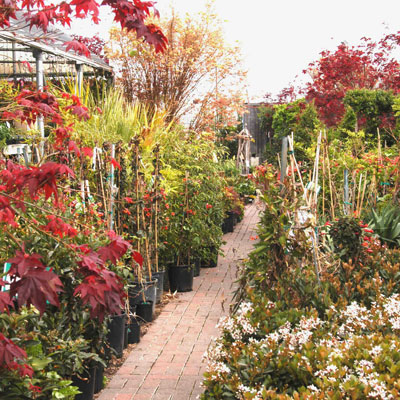
1. Keep it local as much as you can. Retailers in your neighborhood are invested in your city. They’re members of your Chamber. They go to your churches, and their kids go to your schools. Most importantly, they know your soils and your climate, and they know what plants will grow best in your part of the Universe.

2. Texas Certified, and Texas Master Certified Nursery Professionals offer timely, accurate advice. These men and women have studied long and hard hours, and they’ve passed difficult exams covering all aspects of horticulture. You’ll find them at member nurseries of the great Texas Nursery and Landscape Association. (That’s the new name.)
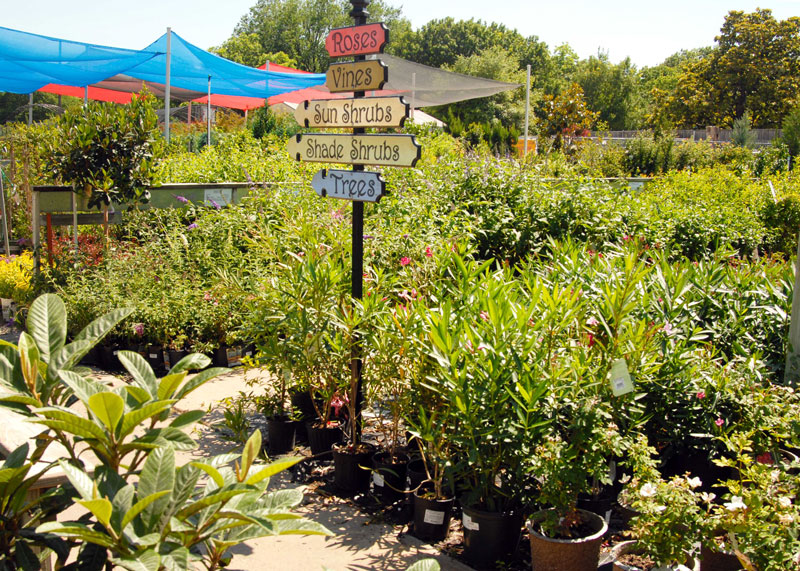
3. Take ample samples and large, clear photographs. Don’t hold up a tiny phone image of your entire landscape and ask for detailed help. Take four or five photos and print them on full-sized photo paper. Ask about hiring one of their landscape designers, if they have one, to draw you a plan.
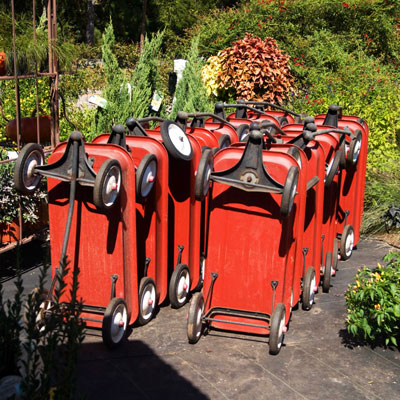
4. If you sketch a basic plan of your property yourself so you can ask simple planting advice, do it to-scale. Mark in the measurements.

5. Go in during the week or on a bad-weather day. Spring weekends, especially if the weather is glorious, are really busy. You’ll have more fun, and the employees will be more relaxed about taking time with you. If you’ve ever worked in retail, you know how it is to be under a crush.
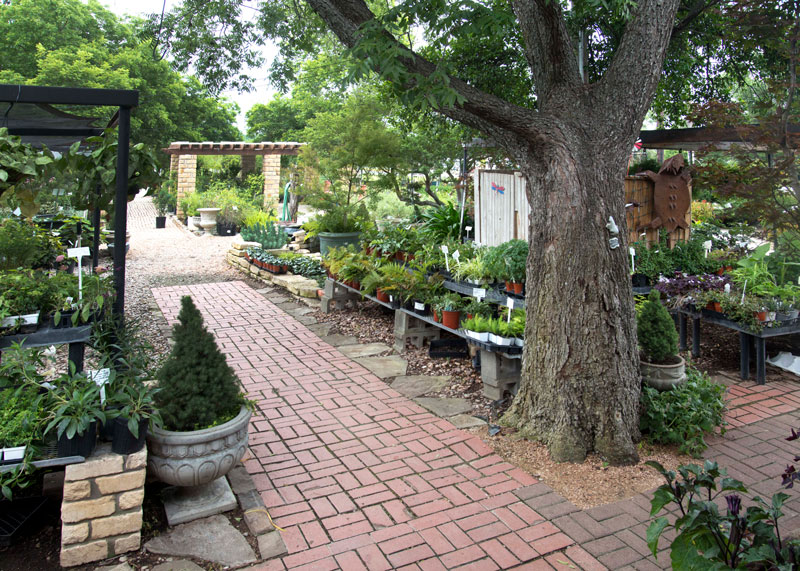
6. Have a firm idea of what you need your landscaping to accomplish, because that’s one of the first things the nursery professional will ask.
7. Plant quality will vary from nursery to nursery. Don’t go simply by price! Check pot size, plant health, shape and vigor. Be sure, too, that the plants you’re about to buy are all well adapted to your soils and climate. That’s where local advice from that Texas Certified Nursery Professional is absolutely invaluable. Those big national chain stores just can’t compete.
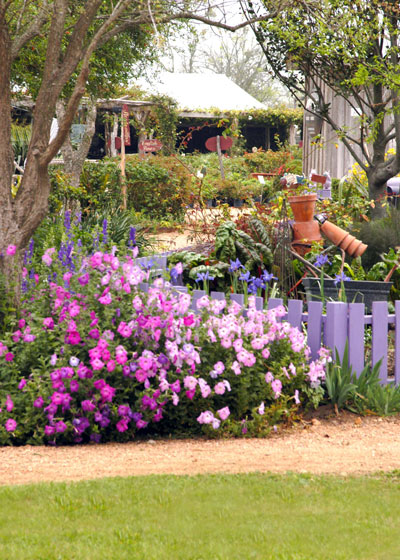
8. Keep logs and receipts of the plants that you buy. It can all go into one 3-ring notebook with a couple of zipping inserts. Keep your landscape plans and irrigation layout there. You’ll be able to refer back to that information to recall variety names, planting dates, and pests to anticipate any other data you might otherwise forget.
